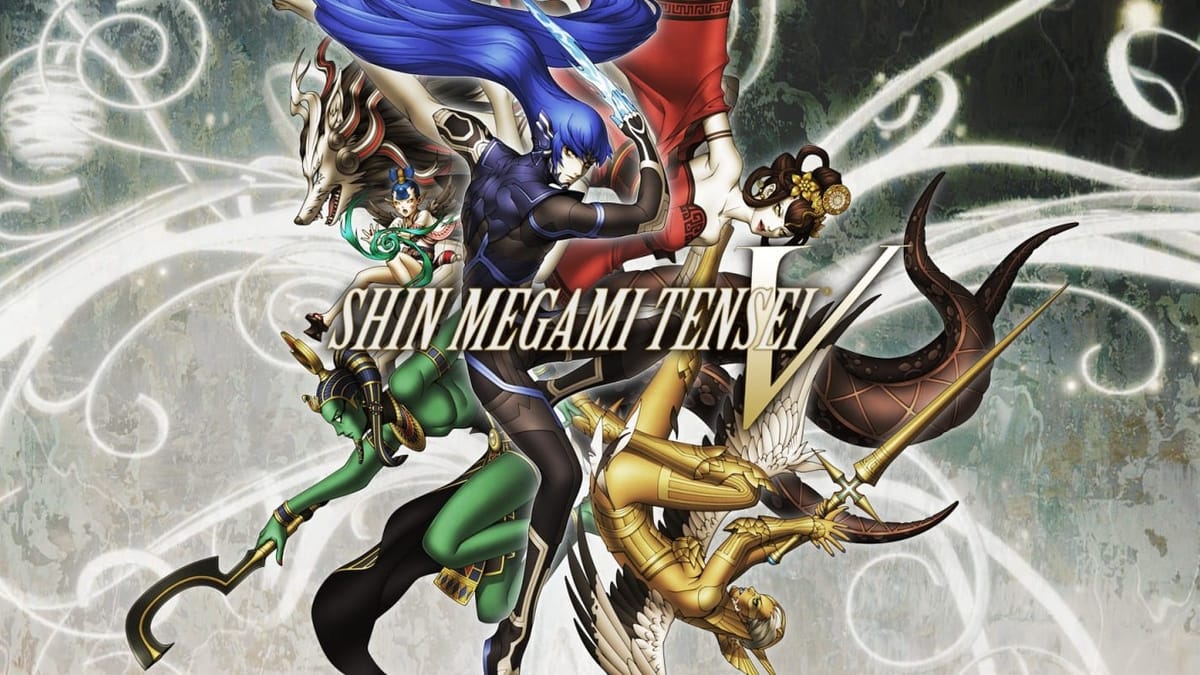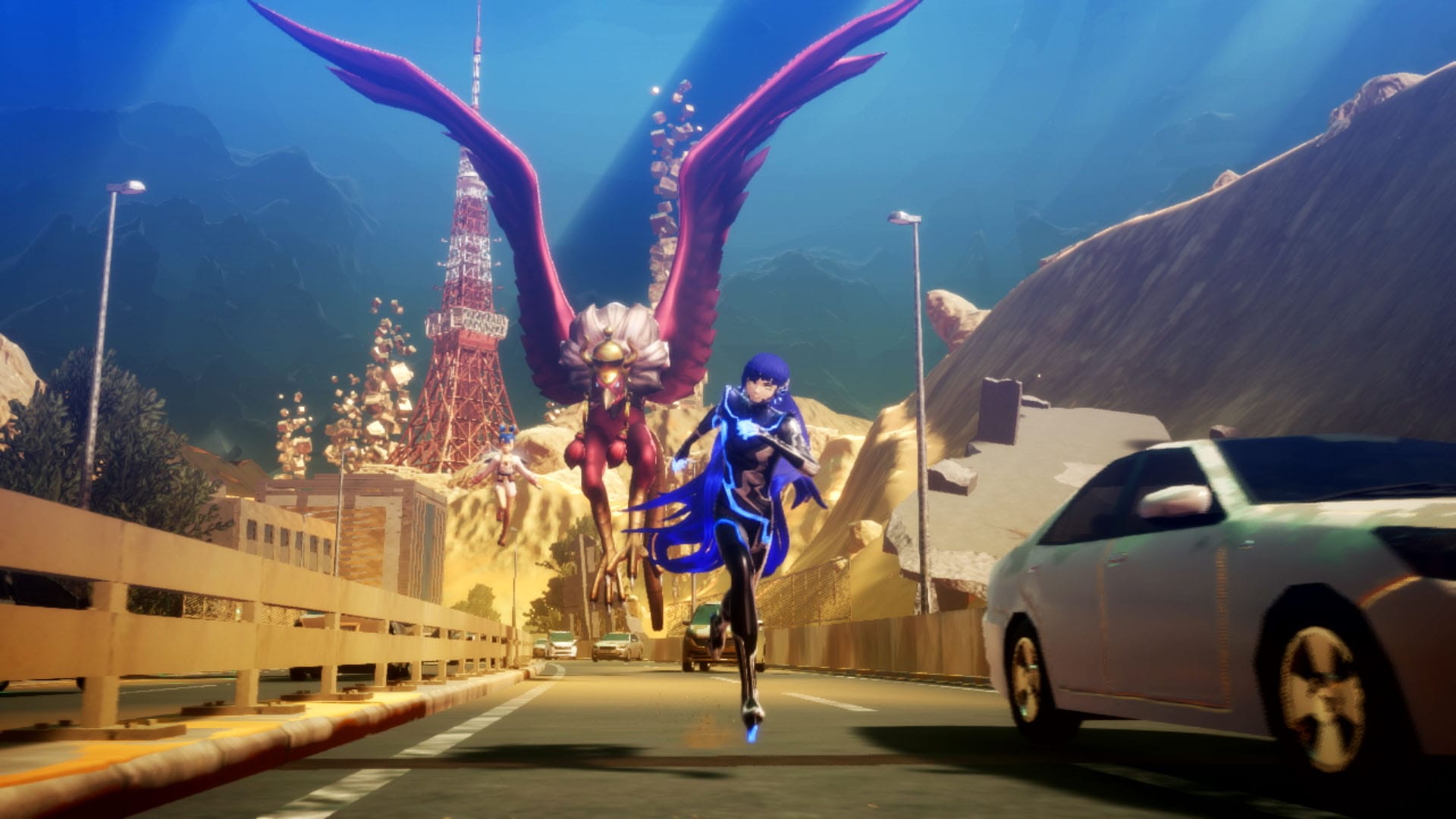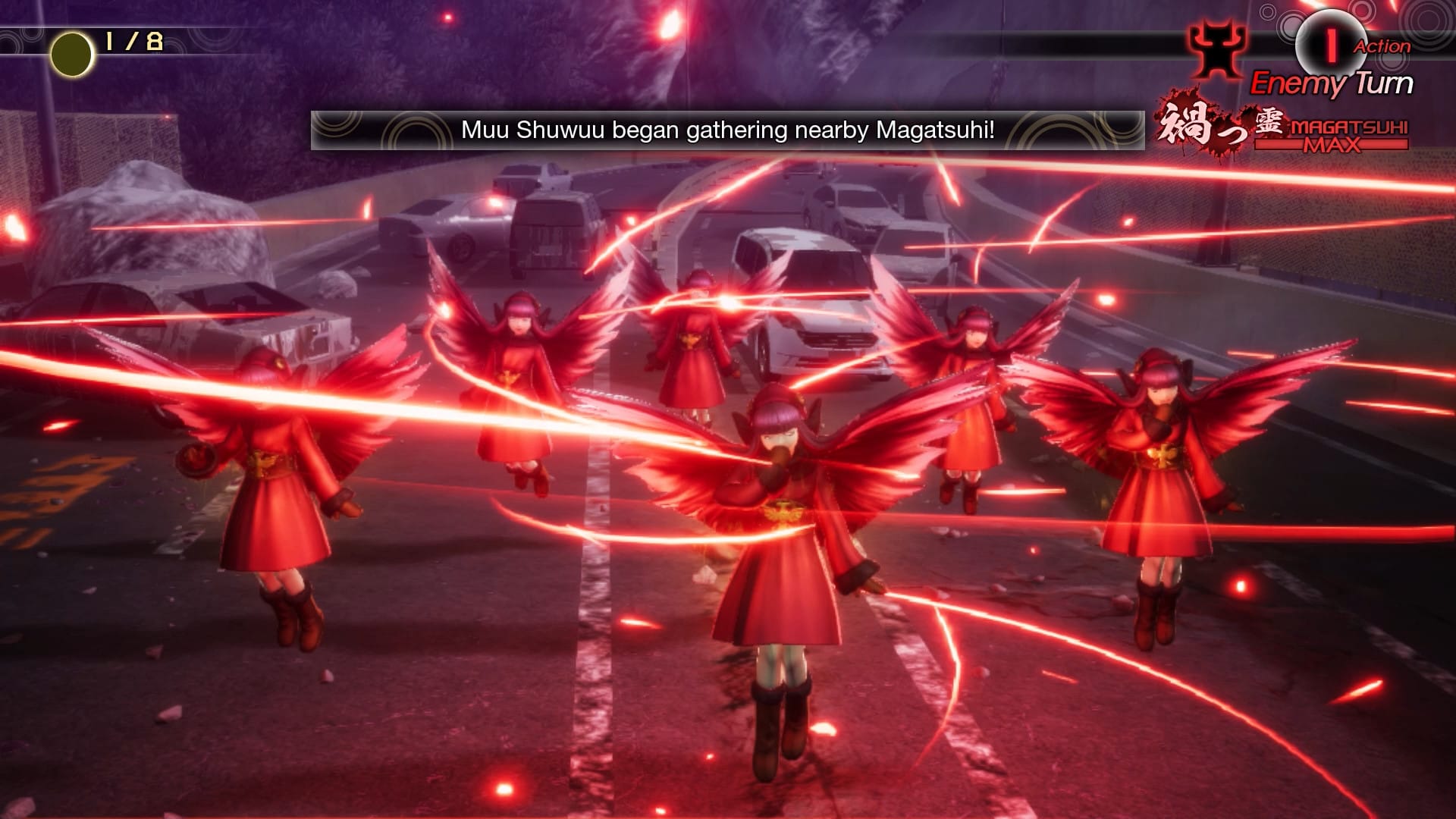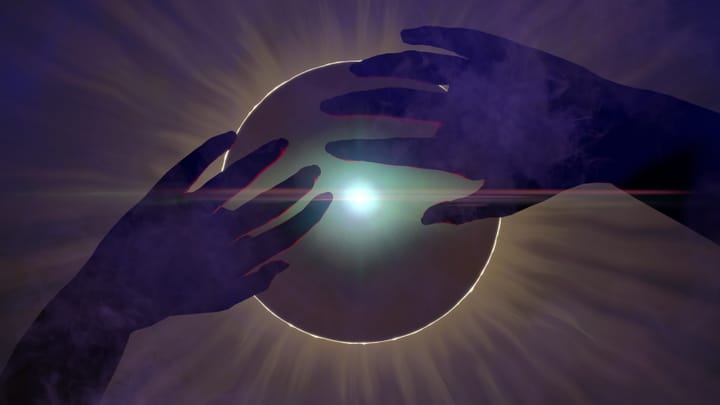Shin Megami Tensei V Review: One Hell Of A Game
Living up to its legacy.

At its best, Shin Megami Tensei is a morbidly fascinating JRPG series. Leaning heavily into its religious influences, we often bear witness to wars between angels and demons, offering a darker setting than the more popular spin-off series, Persona. Now, after 5 years, SMT’s latest main entry is finally here.
Launching exclusively for Nintendo Switch, Shin Megami Tensei V is thematically similar to its predecessor, III: Nocturne, one that presents an old-school experience. Packing a significant challenge, turn-based combat, and familiar gameplay mechanics, I find myself completely invested.
Like Nocturne’s protagonist turning into a demon after an apocalypse called “The Conception”, SMT 5 dances a familiar tune. Playing as a high school student at Tokyo’s Jouin High School, what starts as an average day quickly becomes chaos, as you unwittingly investigate rumours of demonic appearances within a tunnel. Following an unusual earthquake, our protagonist is knocked unconscious, waking up in a strange version of Tokyo.
Calling this land Da’at, there’s nothing you can do to stop the apocalypse. It’s already happened, Demons have long-established a new order across its ruins after defeating the angels of Bethel, and they’re hungry for humans. How did this situation happen? An excellent question, the answer to which I’m not spoiling here, but this intriguing narrative doesn't take long to hold my attention.
Facing imminent death, we’re soon saved by a being known as Aogami, who fuses with our protagonist directly to become a Nahobino. As a being that’s neither human, deity nor demon, we’re now equipped to deal with this harsh reality, though – spoiler alert - you’ll soon return to our version of Tokyo.
As a Nahobino, we gain a glowing sword, magical spells, and the ability to command demons. Survival means being clever about their use through some excellent strategy. You’ll begin as a one-person party and during battles, the Nahobino can recruit demons through negotiations, providing they aren’t a higher level than you. That usually involves handing over items and money, or just answering their questions correctly. You’ll find demons wandering across the open-world, and walking into them starts a fight.

Make no mistake, this game is challenging on normal difficulty, and it falls back onto old school conventions. There’s no random battles here and if the Nahobino gets KO’d, that’s an automatic game over. No battle retries, no revival chances, just a one-way ticket to the main menu, so save whenever you can. Unlike other JRPGs, there’s no shared party inventory here and only the protagonist can use items, so you’ve got to think tactically. It’s worth noting an easier “Safety” difficulty is being patched in since launch, though I couldn’t access that during this review.
Each combatant wields specific physical and magical attacks (Fire, Ice, Lightning, the usual sorts) and everyone has specific strengths/weaknesses. Bringing back SMT’s Turn Press Battle system for 5, hitting a weakness grants an extra turn, though missing attacks loses turns and enemies also gain this advantage.
Weaknesses aren’t revealed until you’ve landed that attack type on a demon, making this a trial-and-error process. Unfortunately, that can compromise your strategy and that’ll frustrate some players, especially during boss battles, but there’s a strong sense of achievement that comes with defeating them. Thanks to the strong narrative backing SMT 5, I felt compelled to keep trying.
Combat’s faithful to older entries, though there’s a new addition with Magatsuhi attacks. Functionally similar to Final Fantasy’s Limit Breaks, that implements a shared meter across your party which fills up during battle. Offering new abilities like making every attack a critical hit, new demons provide additional options later, like boosting the strength of your stat buffs/debuffs. It’s a fun new addition that often proves decisive in battle.

Winning earns EXP within a traditional levelling system, though you don’t have an equipment system for stat boosts. Thankfully, the Nahobino can be powered up in other ways. Should you visit the World of Shadows, players can fuse demons together to create a stronger demon, and you can also infuse “Essence” into them or other demons for new skills. It’s similar to Nocturne’s Magatama system, and while only one can be used at a time per person, that offers significant flexibility.
To find Essence, that can be earned as prizes, but others are found within the numerous chests scattered across Da’at’s four different regions. Offering several large areas to exploration - each brought to life through a vivid art style and filled with memorable scenery - you’ve got plenty to keep you occupied, including numerous side quests.
Shin Megami Tensei V is a fine addition to Atlus’ juggernaut series. 5’s unashamedly old school, packs a significant strategic challenge that’ll please veteran fans and had me invested throughout. It won’t be to everyone’s tastes and combat’s trial-and-error nature may seem off-putting, but you’ll find a highly engaging narrative worth exploring. For RPG fans, I’d strongly recommend this.
9/10
Shin Megami Tensei 5 was reviewed on Switch, and a review code was provided by the publisher. While this review is based on the now-delisted original version, an expanded edition was later released on PC, PlayStation, Xbox, and Switch.
Rewinder uses a 10-point scoring scale in our reviews, and we've detailed our review scoring policy here for more information.
Update
This review was originally published on Gfinity in 2021. It’s since been removed, so I’m reposting it here and backdating it to match the original publication date. The text has received light revisions without changing the core arguments, and the 5 star score adjusted to match the 10-point scoring system.




Comments ()